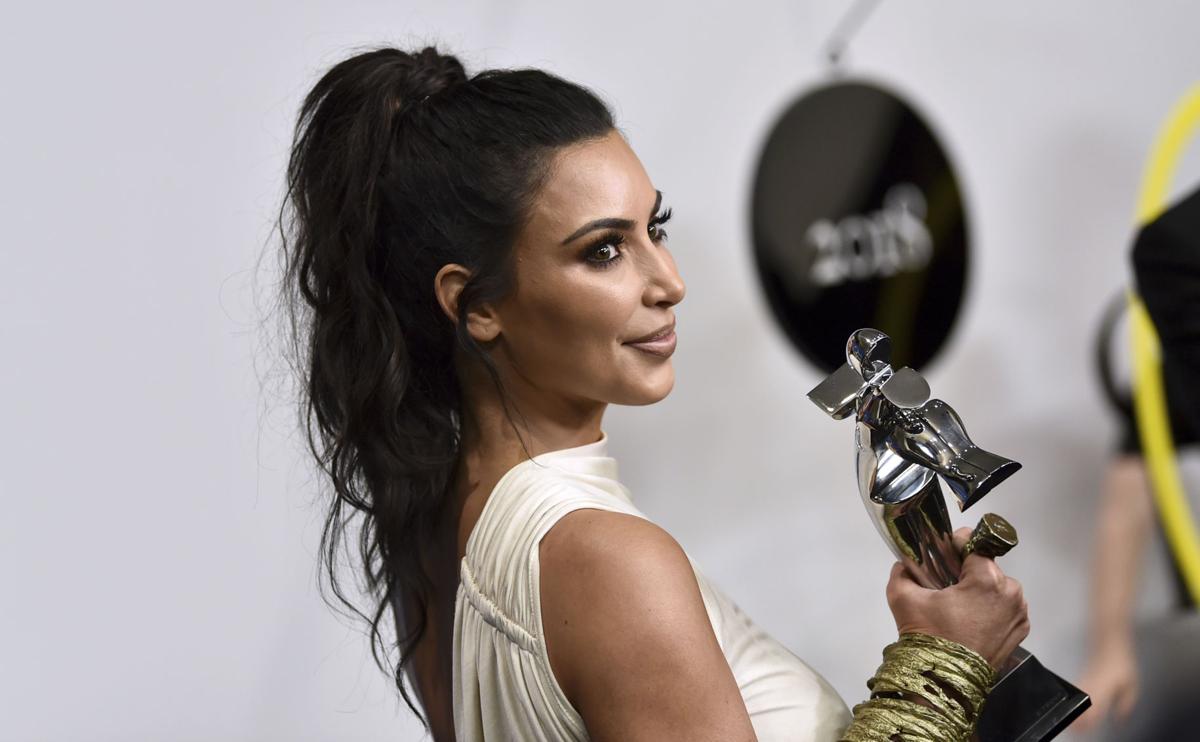
Why we could live without the British Council awards When fashion high-fives itself
It is certainly strange to see someone put likes on their photos. It is even stranger to see someone high-fiving themselves. Even when Napoleon crowned himself it was strange. No less, no one finds it strange when fashion industry leaders, already rich and famous as well as revered by legions of fans, give each other awards. This is the feeling that caught many at yesterday's announcement of the nominations for the Fashion Awards 2023 whose ceremony will be held in London on Dec. 4 at the Royal Albert Hall. The awards ceremony has been in existence since 1984, hardly a new thing, yet in a year so complex for fashion, so loaded with discourses about the poverty of ideas, the reification of the most basic values, the difficulty of new voices in the system to be heard. And if already the Sustainable Fashion Awards had crowned Milan Fashion Week with two hours of rambling self-celebration, the upcoming London Fashion Awards promises to be even more pointless. Why? Because if prizes like the Woolmark Prize or the LVMH Prize have the merit of putting new designers like Setchu, for example, on the map and thus have at the very least the interest of discovery, these awards celebrated with much fanfare reward creatives who already have it all. Indeed, nominations for 2023 Designer of the Year went to Jonathan Anderson, Miuccia Prada and Raf Simons, Daniel Lee, Matthieu Blazy, and Sarah Burton - all great creatives, sure, but are we sure they need an award?
Jonathan Anderson, Miuccia Prada and Raf Simons, Daniel Lee, Matthieu Blazy, and Sarah Burton are the designers nominated for the Designer of the Year award at the Fashion Awards this year, the British Fashion Council revealed on Thursday. https://t.co/EGEwAbP7lB
— WWD (@wwd) November 2, 2023
Each of the nominated creative directors has a very established career, an immensely successful brand (or brands) to lead that basically grinds out sales, and a bank account that would make any underpaid worker in the industry cry bitter tears - do they really need a tiara and a pat on the back? Especially since they are being rewarded as designers by creative directors who, in most cases, draw sketches at best and precisely creatively direct the production of a brand with the help of much larger teams. The recent flurry of appointments involving the "seconds," i.e., design studio directors from Valentino, Gucci, Saint Laurent, or Tom Ford now all at the helm of major brands, has indeed cast a spotlight on the central role these creatives play behind the scenes, leading many to wonder about the division of labor in a fashion atelier. One wonders, first, exactly how much and what job creative directors do, but more importantly, how much weight design directors actually have, who, when convenient, are referred to as the authors or co-authors of a certain brand's aesthetic. If an insider understands well how the roles are distributed in an atelier, a less informed fashion enthusiast might (rightly and naively) be disappointed to know that one's clothes are not the product of a true authorial hand but are a kind of infusion of the creative director's vision, the work of the design director, and all the design teams under him or her. It is not clear what exactly is being awarded, what the judging criteria is, but also what the purpose of the award itself is beyond making someone who has already won in life feel happy a for fifteen minutes. A notion that is also reflected in the public's interest in these awards.
@tiktok_uk @thefashionawards 2021 presented by TikTok may be be over but WE'RE not over it, okay?! Here’s how it all went down! #FashionAwards #TFA original sound - TikTok UK
It would be a different matter if you were rewarding the brand as a company-every industry has its own industry awards. But the British Council's awards are nominal and, above all, are aimed at creatives who, even in the emerging category, or in the model category, are well-established and, frankly, can't really get much further than that in terms of success-not even mentioning how many of them delegate assignments and take credit. Their stated purpose is to «to amplify leaders of change, celebrate excellence in creativity and support the next generation of creative talent», but to be fair, the awards celebrate the status quo, a generation that has been around for 30 years and excellent creativity but not the product of a single mind. There is nothing new about these awards, the winners are drawn from the same hat containing the same shortlist of ten names for years - the awards themselves have no real impact on anyone's career, they do not represent a crowning achievement or a moment of elevation or breakthrough. The feeling is that many of these creatives take the awards home to use them as a doorstop, as Gwyneth Paltrow does with her Oscar. It almost seems as if the only point of the evening is the red carpet. In some cases the awards are potentially ironic: one of the nominees in the "New Establishment" category is Dilara Findikoğlu, already a celebrated cult designer, featured in profiles in The New York Times when she is not attending fashion week, queen of decadent Halloween parties, but better known in the London industry underbelly for being a boss with tyrannical methods - and we are using an understatement. I mean, is it fair to award a "Designer of the Year" when in reality the role of designer is broken up across dozens of different professionals? Couldn't an award be given to creative directors and one to design directors? Or does the relative obscurity of design directors lead the organizers of these ceremonies to ignore the category? Everyone loves a medal, but we, as spectators, remain in doubt.















































